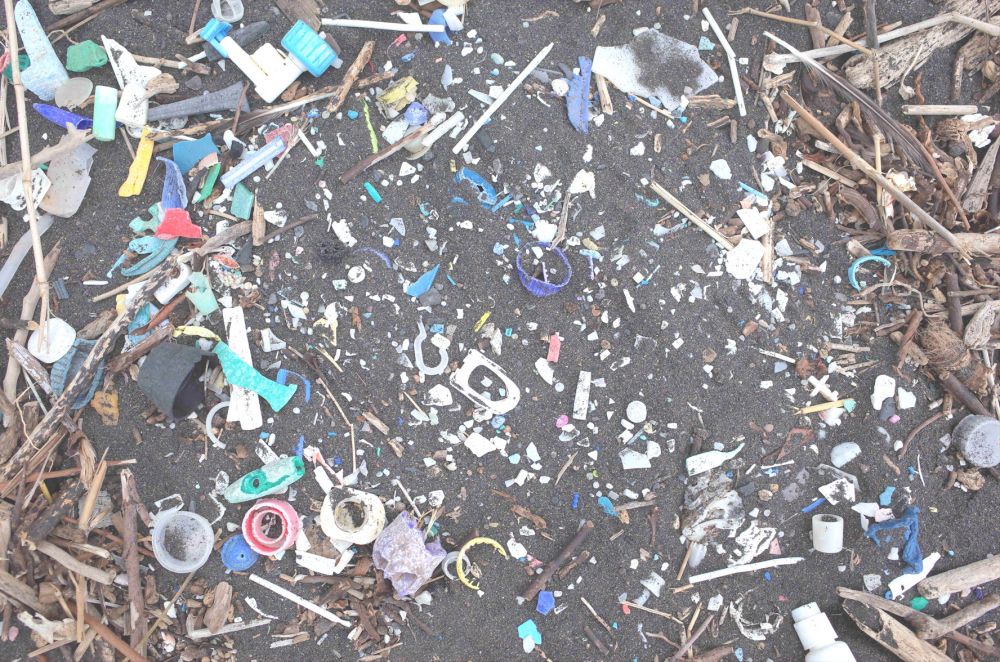South Atlantic islands plastic waste is ten times higher than a decade ago
New research has found that the amount of plastic waste on South Atlantic islands is rising at an alarming rate.

New research has found that the amount of plastic waste on South Atlantic islands is rising at an alarming rate.
The research was published in the journal Current Biology. The researchers sampled the water surface, water column and seabed, surveyed beaches and examined more than 2,000 animals across 26 different species.
Data, collected between 2013 and 2018 from four research cruises on the British Antarctic Survey (BAS) research ship RRS James Clark Ross, found that 90 per cent of beached debris was plastic.
The study showed that, for the first time, plastic pollution on some remote South Atlantic beaches is approaching levels seen in industrialised North Atlantic coasts. This is a notable change from the usual amount of plastic on these islands.
Dr David Barnes, lead author from the British Antarctic Survey, said: “Three decades ago these islands, which are some of the most remote on the planet, were near-pristine. Plastic waste has increased a hundred-fold in that time, it is now so common it reaches the seabed. We found it in plankton, throughout the food chain and up to top predators such as seabirds."
At present, 12.7 million tonnes of plastic end up in our oceans each year. This has resulted in over 267 species worldwide being affected and 700 species at risk of becoming extinct. It has also been reported that over 90 per cent of seabirds have plastic in their stomach.
Andy Schofield, biologist from the RSPB, who was involved in this research, said: “These islands and the ocean around them are sentinels of our planet’s health. It is heart-breaking watching Albatrosses trying to eat plastic thousands of miles from anywhere. This is a very big wake up call. Inaction threatens not just endangered birds and whale sharks, but the ecosystems many islanders rely on for food supply and health.”
To read the journal click here.
Photograph: David Barnes
